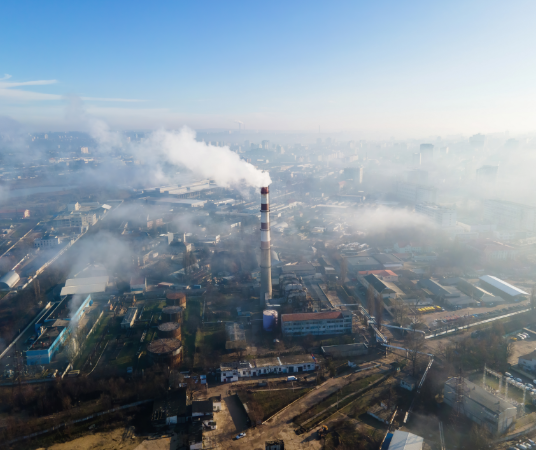HISTORY OF GASIFICATION
Although gasification was invented in the early-1800s, the technology has undergone a complete transformation in the last fifty years (with the most rapid changes in the last two decades). Gasification has undergone five stages of development.
-
1850 to 1940
Gasification was first used to produce “town gas” for light and heat. And – until the development of natural gas supplies and transmission lines in the 1940s and 1950s – virtually all gas for fuel and light was manufactured from the gasification of coal.
- 1940 to 1975
The second stage of gasification commenced during World War II when German engineers used gasification to produce synthetic fuel. This technology was exported to South Africa in the 1950s, where it was further developed to produce liquid fuels and chemicals.
- 1975 to 1990
The next stage in the evolution of gasification began in response to the Arab Oil Embargo of 1973 and the ensuing “energy crisis”. The US government provided financial support for several proof-of-concept gasification projects, including the world’s first Integrated Gasification Combined Cycle (IGCC) electric power plant. Another seminal event during this period was the conversion of Eastman Chemical’s flagship manufacturing plant from petroleum to syngas from coal.
- 1990 to 2000
The fourth development stage began in the early 1990s when government agencies in the United States and Europe provided financial support to four medium-sized (≈ 250 MWe) projects to further “demonstrate” the feasibility of the IGCC process.
- 2000 to present: GCL
Over the past years GCL has developed and patented the latest iteration of gasification technology.

